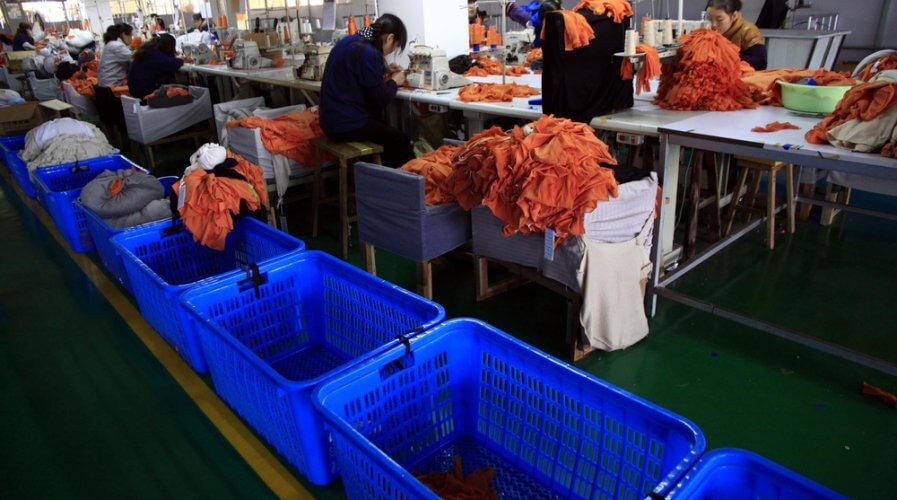
Manufacturing isn’t what it used to be a couple years ago. Source: Shutterstock
Understanding the real catalyst for automation in Asian manufacturing
CHINA, India, Thailand, and many other countries benefitted when multinational companies shifted their manufacturing operations to Asia in the 1990s.
Back then, China had a surplus of workers — most of whom were sourced from rural areas. Japan, Thailand, Vietnam, and the Philippines too provided cheap (yet skilled) labor to businesses at home and in neighboring countries.
Businesses in this part of the world thrived in that era because of the healthy supply of labor that never seemed to run out. According to the Economist, China over the past 3 decades, around 150 million Chinese have left the countryside to staff factories, cook at restaurants, and clean homes.
Unfortunately — those are tales of a bygone era. The ground reality today is that labor costs in Asia are rising, and the supply is shrinking.
Malaysia recently raised wages by up to 14 percent while Thailand increased wages by up to 7 percent — while China, whose provincial councils make wages decisions independently, decided to raise wages by 6 percent in Beijing, 5 percent in Shanghai, and by 10 percent in Guangdong.
The shrinking labor market is primarily due to an aging population in many of the countries that previously provided the skilled labor needed by foreign manufacturers. Be it China, Japan, or Thailand. Others are quickly greying as well.
The Philippines, providers of a steady source of workers to various parts of Asia, be it China, Hong Kong, or even Malaysia, fears the increase of elderly people among its population.
“By year-end 2018 there will be 8,013,059 Filipinos over 60, constituting 8.2 percent of Filipinos. Of this group, 5,082,049 will be 65 and older. Most countries are considered aging if they have at least 7 percent of the population over 65 years old,” said the Philippines Commission on Population recently.
Industrial automation to the rescue
According to a new report by Cisco, automation in manufacturing is becoming something that most business leaders and company executives are exploring as they consider it critical to their operations and competitiveness.
And although critics believe automation is going to help manufacturers move operations back home, that may not be entirely true — going by the statements that companies like Nike and Adidas issue.
The two sports shoemakers, who employ more than a million workers in Asia, are working with technology providers and consultants to increase automation and lower costs. The fear is that they’ll adopt nearshoring strategies, taking production close to the markets they supply to.
However, it cannot be denied that Asia is a significant market (in terms of revenues and net profits) for both the shoemakers — and most other manufacturers already in the region.
Further, for factories looking to automate, being in Asia is a good thing since the prices of robots and other industrial automation equipment in this part of the world are quickly falling as high-tech manufacturers perfect their technologies and solutions.
According to the Quartz, US automation simply hasn’t kept up with the rest of the world (especially Asia). Korea, Singapore, and Japan are far ahead of the US in terms of experience with automation, and therefore, success with such projects.
At the end of the day, what matters most is that manufacturers that were lured to Asia by the promise of low-cost labor will be able to retain the advantage that accrued to them if they simply move to more automated practices and processes.
Automation, although not a panacea to the growing demand for digital maturity, is definitely a solution to the rising labor costs in Asia — something that the smartest manufacturers in the region are positive and excited about.
READ MORE
- Ethical AI: The renewed importance of safeguarding data and customer privacy in Generative AI applications
- How Japan balances AI-driven opportunities with cybersecurity needs
- Deploying SASE: Benchmarking your approach
- Insurance everywhere all at once: the digital transformation of the APAC insurance industry
- Google parent Alphabet eyes HubSpot: A potential acquisition shaping the future of CRM




